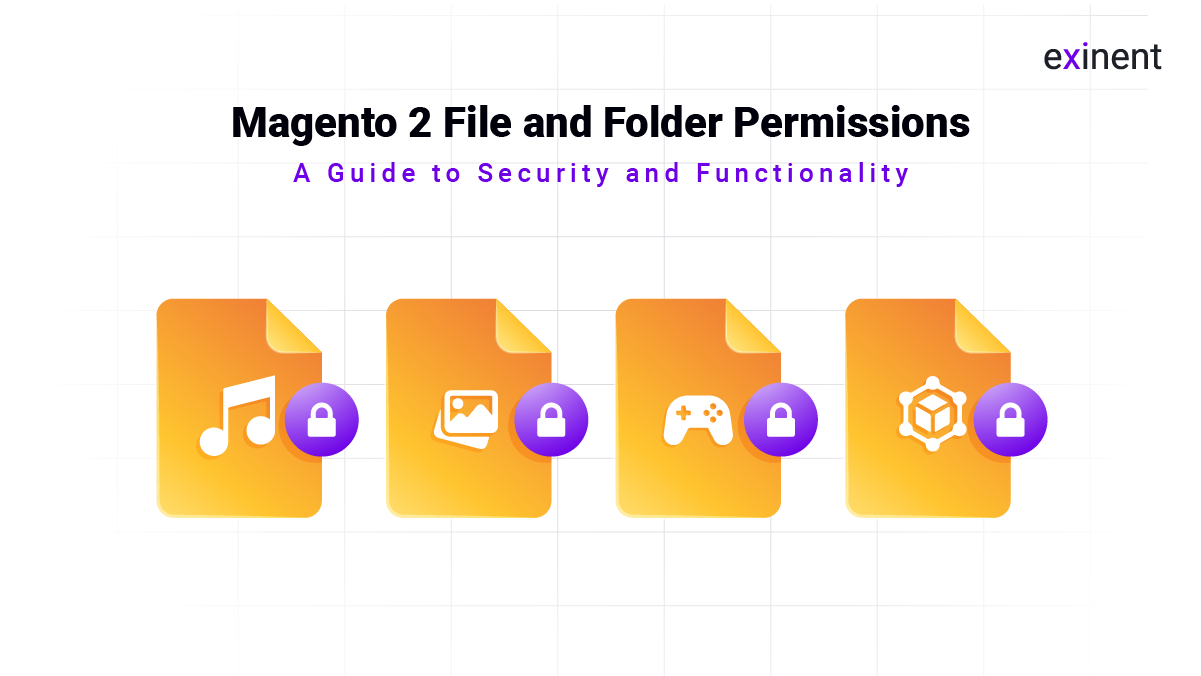
Magento 2, like any other web application, relies on a complex system of permissions to control access to files and folders. These permissions dictate who can read, write, and execute the contents within your store’s directory structure. Setting the right permissions is crucial for maintaining security and ensuring smooth functionality.
Why Do Permissions Matter in Magento 2?
Improper file and folder permissions can lead to a range of issues:
- Security vulnerabilities: Permissions that are too lax can allow unauthorized users to access sensitive information or even take control of your store.
- Functionality problems: If the web server user lacks the necessary permissions to access certain files, your store might experience errors or malfunction entirely. By understanding and implementing the recommended permissions, you can create a secure environment for your Magento 2 store while ensuring optimal performance.
Recommended File and Folder Permissions in Magento 2
There are two main types of permissions in Magento 2:
- Directories: These represent folders containing files.
- Files: These are individual files within the directories.
Here’s a breakdown of the recommended permissions for each:
- Directories: Permissions should be set to 755. This grants read, write, and execute access to the owner (usually the Magento user), read and execute access to the group (typically the web server group), and no access to others.
- Files: Permissions should be set to 644. This allows the owner (Magento user) to read and write, grants read access to the group (web server group), and denies access to others.
Exceptions:
- var Directory: This directory requires write access for the web server user to function properly. You can achieve this by setting permissions to 770 or adding the web server user to the group that owns the directory.
- pub/static and pub/media Directories: These directories might require world-readable permissions (755) depending on your setup. However, it’s generally recommended to avoid 777 permissions (read, write, and execute for everyone) due to security concerns.
Important Note: It’s crucial to consult your hosting provider or a Magento developer for specific recommendations based on your server configuration.
Setting File and Folder Permissions in Magento 2
There are two main approaches to setting permissions:
- File Transfer Protocol (FTP) Client: Most FTP clients allow you to adjust file and folder permissions directly within the interface.
- Command Line Interface (CLI): You can use commands like chmod to modify permissions on your server. This method offers more precision but requires some technical knowledge.
How an Exinent Magento Development Company Can Help
Exinent is an experienced Magento development company which can assist you with:
- Setting up secure and optimized file and folder permissions.
- Implementing best practices for Magento 2 security.
- Troubleshooting permission-related issues.
- Providing ongoing maintenance and support for your Magento store.
By partnering with a reliable Magento developer, you can ensure your Magento store operates securely and efficiently, allowing you to focus on growing your business.
